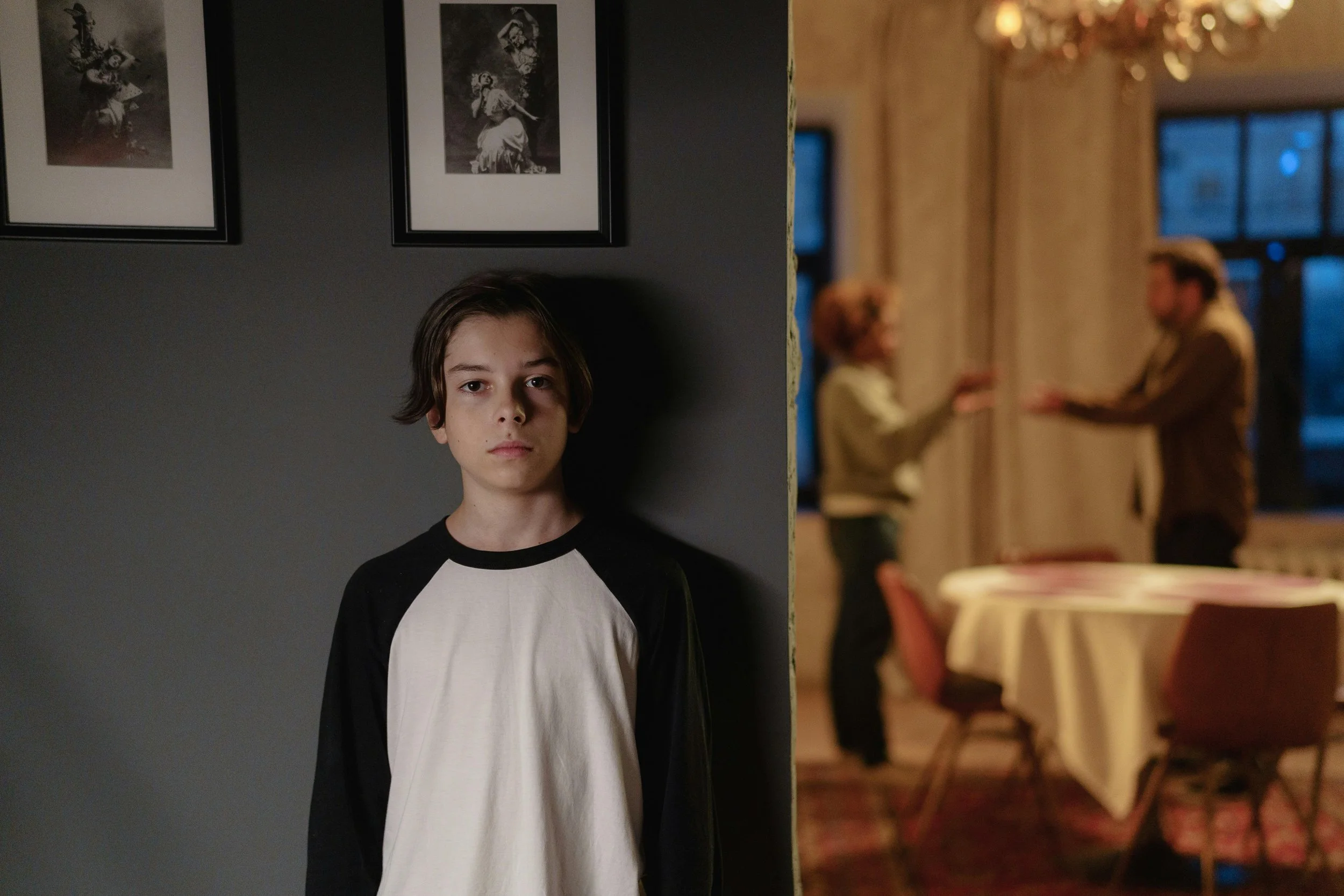The Roles We Play: An Intro to Family Systems Theory
Have you ever found yourself falling into a predictable role or pattern during family gatherings? Maybe you’re the one who keeps the peace, the one who cracks jokes to lighten the mood, or the one who feels the weight of everyone's expectations. These dynamics aren’t random—they often have deep roots in the structure and patterns of our family systems.
Family Systems Theory, developed by psychologist Murray Bowen, helps us understand how families operate as interconnected emotional units. Each member plays a role, and these roles can shape not only how we interact with our family but also how we approach relationships, work, and even our sense of self.
In this blog post, we’ll explore some common family roles, especially those that arise in dysfunctional family systems. We’ll also discuss how becoming aware of these roles can help us break free from unhealthy patterns and build healthier, more balanced relationships.
What Is Family Systems Theory?
Family Systems Theory views the family as a system where each person’s behavior affects and is affected by others. Think of it like a mobile—if one piece moves, the others shift too. Families develop patterns over time, and individuals often take on specific roles within the group.
These roles can be functional or dysfunctional, depending on the family dynamic. In healthy families, roles tend to be flexible and support individual growth. But in dysfunctional families—often those dealing with challenges like addiction, abuse, or chronic conflict—roles can become rigid and limit personal development.
Common Dysfunctional Family Roles
In dysfunctional families, roles often emerge as coping mechanisms to maintain balance (or the appearance of balance). Here are some of the most common roles:
1. The Caretaker (or Rescuer)
The caretaker feels responsible for everyone's well-being. They’re the glue that holds the family together, often at the expense of their own needs. While this role can stem from love, it can also lead to burnout, resentment, and difficulty setting boundaries.
2. The Hero
This person strives for perfection and success, often to bring pride to the family or distract from its problems. The hero may excel in school, work, or other areas but can struggle with self-worth and the fear of failure.
3. The Scapegoat
The scapegoat is the “problem child” or black sheep, often blamed for the family’s issues. This role serves to divert attention from deeper problems within the family. Unfortunately, the scapegoat may internalize this blame and struggle with feelings of inadequacy or rebellion.
4. The Mascot
The mascot uses humor and charm to diffuse tension and distract from conflict. While they often bring levity to difficult situations, they may hide their own pain behind a façade of happiness.
5. The Lost Child
The lost child stays under the radar, avoiding conflict and attention. They often feel overlooked and struggle with connection and intimacy. Their coping mechanism is withdrawal, which can lead to loneliness and difficulty expressing their needs.
The Long-Term Effect of These Roles
The roles we play in our families don’t disappear when we leave home. They often follow us into adulthood, influencing how we navigate friendships, romantic relationships, and even our careers. For example:
A caretaker might become a people-pleaser, constantly putting others first.
A hero might set impossibly high standards for themselves and feel devastated by setbacks.
A scapegoat might rebel against authority or carry a deep sense of shame.
A mascot might struggle to be taken seriously.
A lost child might have difficulty forming close relationships.
These roles can become limiting when they’re unconscious. But the good news is that awareness is the first step toward change.
Breaking Free from Unhealthy Patterns
So, how do we break free from these roles and create healthier relationships? Here are some strategies:
1. Reflect on Your Role
Take some time to think about the role you played in your family. Journaling can be a helpful way to explore questions like:
How did I contribute to my family’s dynamic?
What expectations were placed on me?
How has this role shaped my relationships and self-perception?
2. Understand the Context
Recognize that these roles often develop as survival mechanisms. They’re not your fault, nor are they permanent. Understanding this can help you approach your growth with compassion rather than self-judgment.
3. Set Boundaries
If you’ve been the caretaker or hero, learning to say “no” is essential. Practice setting small boundaries and gradually work toward bigger ones. Remember, taking care of yourself isn’t selfish—it’s necessary.
4. Seek Therapy
A therapist can help you identify your role and its impact on your life. They can also guide you in reshaping your patterns and relationships.
5. Communicate with Your Family
If it feels safe and appropriate, talk to your family about the dynamics you’ve noticed. Keep in mind that not everyone will be ready to engage in this conversation, and that’s okay. Focus on your growth and what you can control.
6. Cultivate New Roles
As you step out of your old role, you’ll have the opportunity to redefine yourself. Maybe you’ll learn to express your needs more openly, take more risks, or find joy in simply being rather than performing.
Moving Toward Healthier Family Dynamics
Changing family dynamics isn’t about assigning blame—it’s about understanding, healing, and growth. When one person starts to shift, it often creates a ripple effect in the family system.
While it can be challenging to step out of a familiar role, it’s also incredibly empowering. You’re not just breaking a pattern for yourself—you’re creating the possibility of healthier dynamics for future generations.
By understanding Family Systems Theory and the roles we play, we can begin to untangle ourselves from unhealthy patterns and step into lives of greater balance, authenticity, and connection



